Open concept living is all about embracing space, but without the right strategy, it can feel more like a wide-open prairie than a cozy home. Whether you’re dealing with a loft, a modern apartment, or a large family home, open concept layouts give you room to breathe—but also require some clever tricks to create definition and structure.
Don’t worry, though! With a few strategic choices in furniture arrangement, color schemes, and visual dividers, you can turn your open floor plan into a space that feels both spacious and thoughtfully designed.
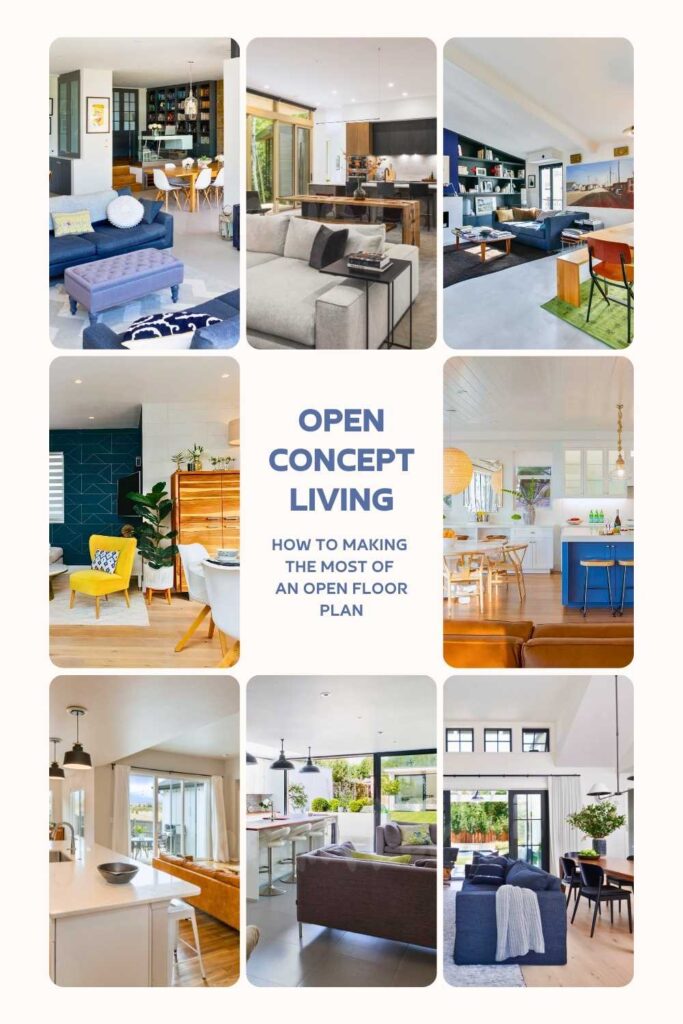
Table of Contents
Understanding Open-Concept Living
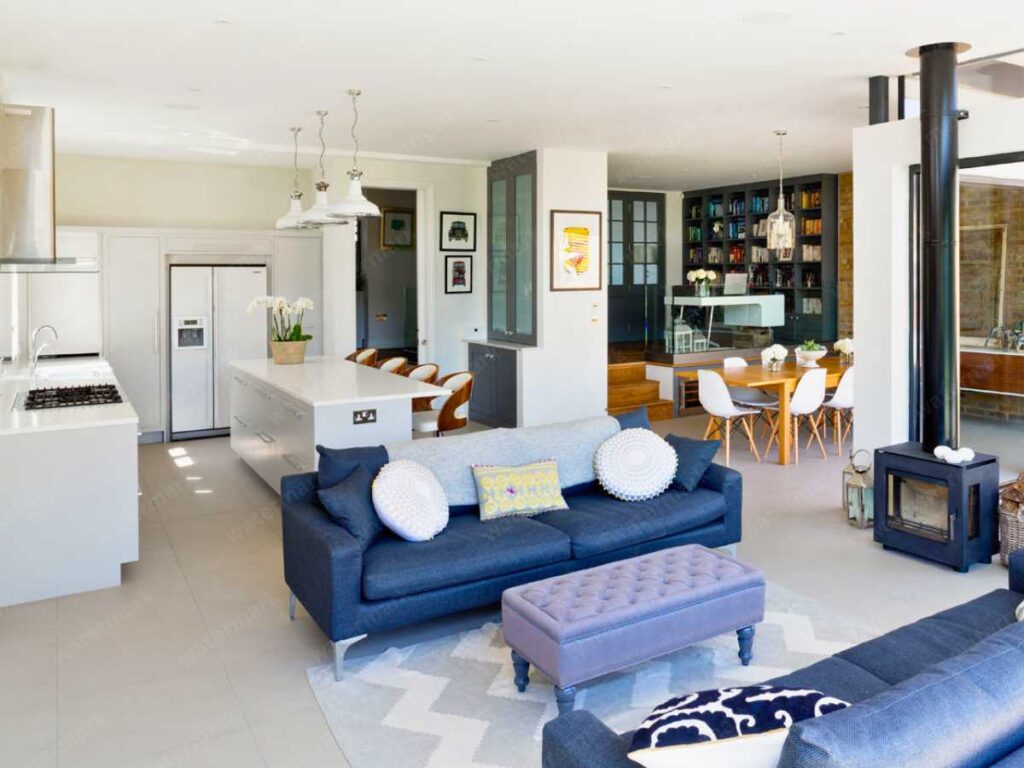
Open concept living isn’t just about knocking down walls—it’s about creating flow between different areas like the kitchen, living room, and dining space. But one common challenge is keeping things functional while making each zone feel distinct. Without clear boundaries, you might end up with the TV too close to the dinner table or a reading nook that bleeds into your kitchen prep space.
Luckily, the flexibility of open floor design allows you to get creative with how you define each area. Think of it like an episode of The Great British Bake Off—you have all the ingredients (space) and tools (furniture, color, dividers), and now it’s time to whip up something beautiful!
Zoning with Furniture Arrangement
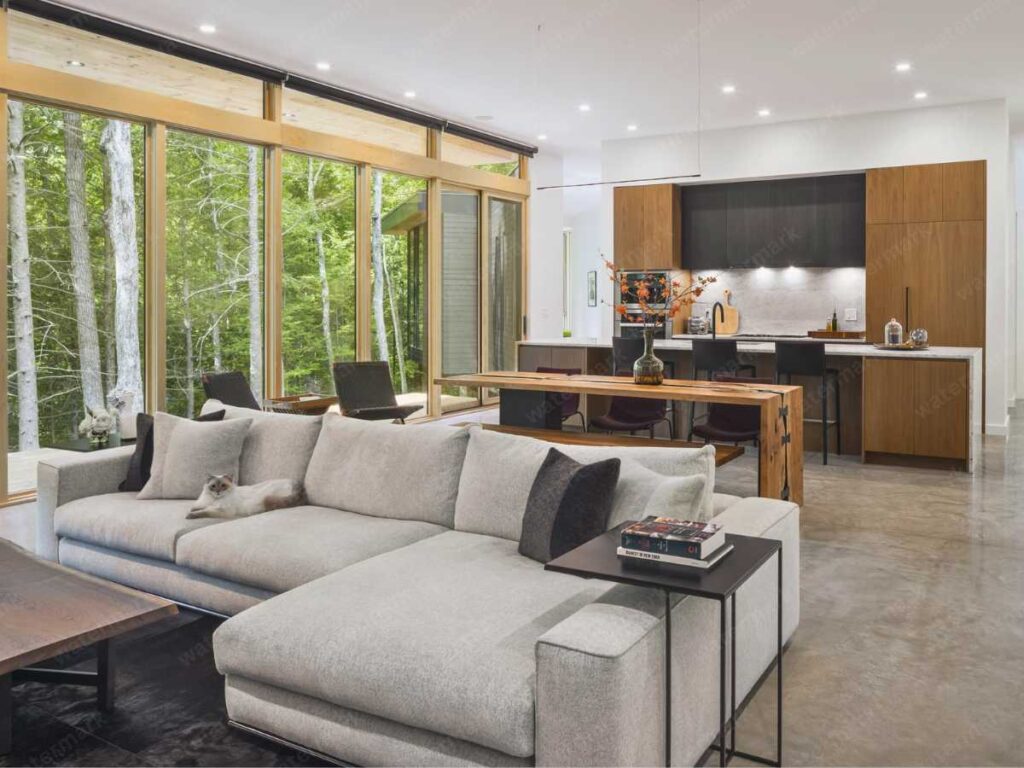
One of the easiest ways to define areas in an open floor plan is through furniture placement. A strategically placed couch or sectional can work wonders for separating your living space from the dining area. Picture this: you’ve got your sofa facing the TV, and right behind it, a dining table that signals a clear transition from relaxation to eating. Boom—two zones created without a single wall!
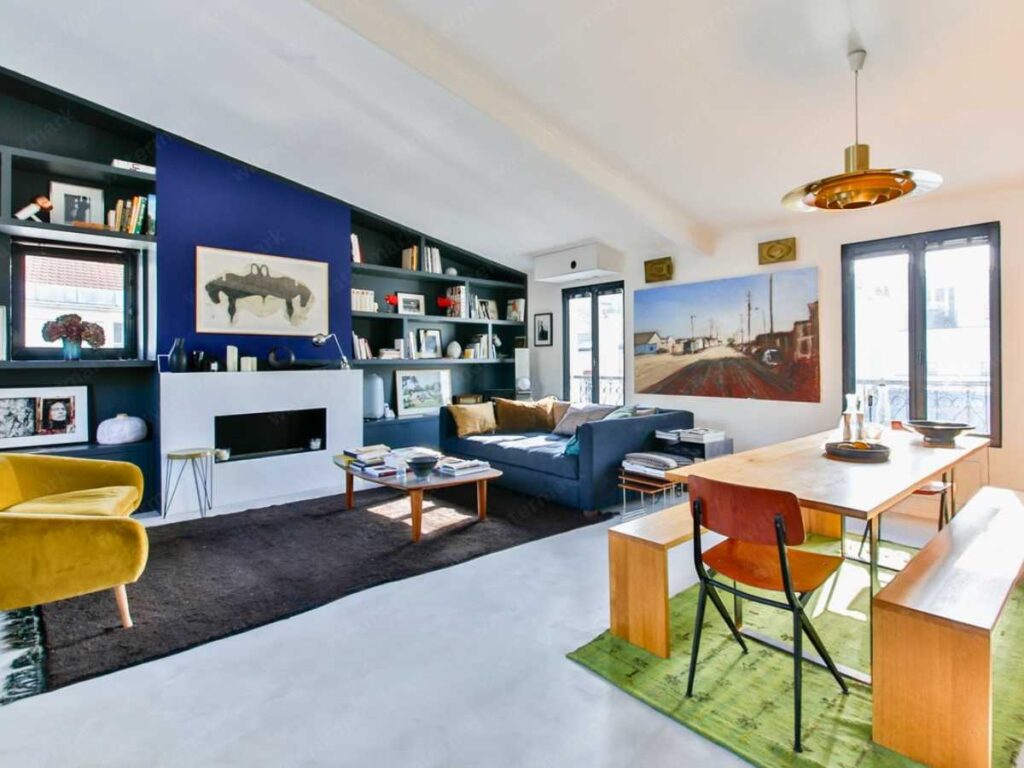
Area rugs are another magical tool. A large rug under the dining table, for example, acts as an anchor for that space, while a different rug under the coffee table sets the stage for your living room. Make sure the size of the rug fits the area properly—a tiny rug under a massive sectional just looks like it shrunk in the wash. And we don’t want that.
Color Schemes: Your Secret Weapon
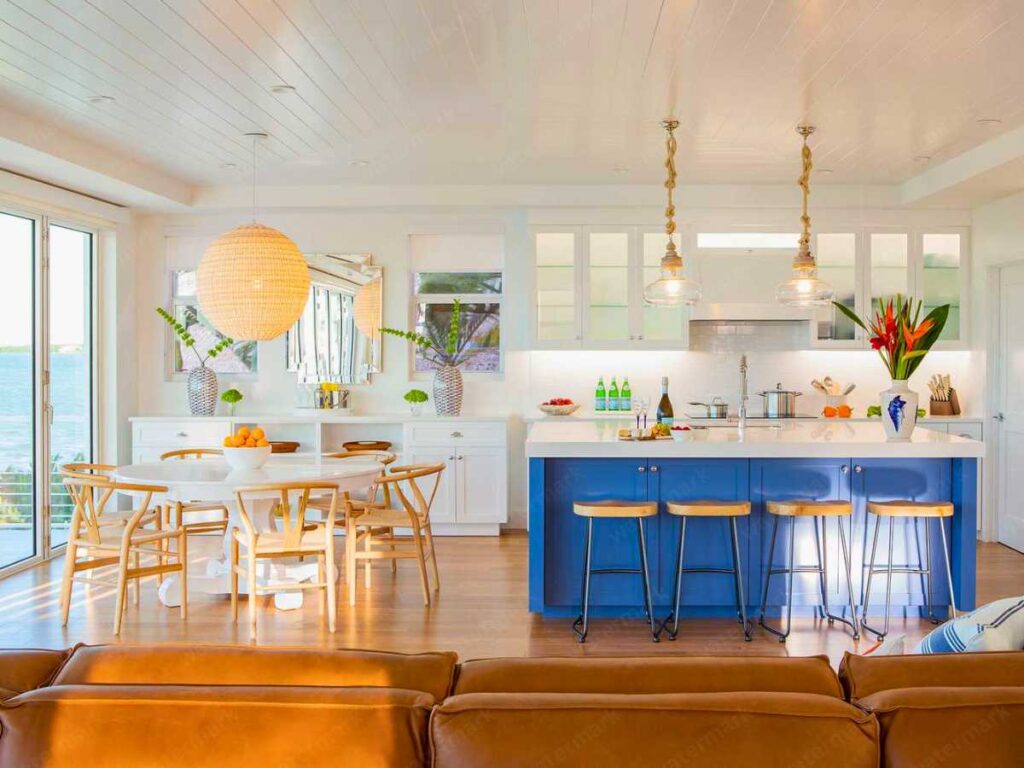
Color can do a lot more than just look pretty. In an open concept living setup, using different color schemes can subtly define spaces without feeling disjointed. Opt for a cohesive palette throughout the room but introduce accent colors to differentiate areas. For instance, a calming neutral palette with pops of vibrant hues in different zones helps each section stand out while keeping the overall design unified.
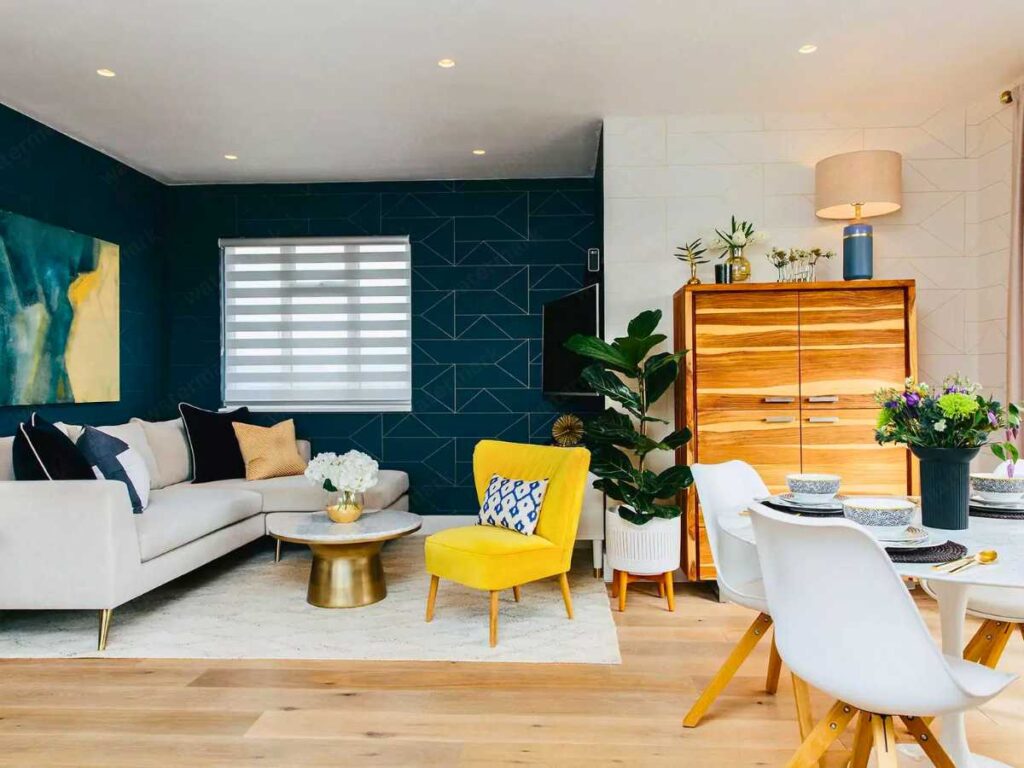
If you’re feeling adventurous, consider color blocking. A feature wall behind your dining area in a bold shade or even a pattern can signal that it’s a distinct space. The key here is balance—you want contrast, but not so much that it feels like you walked into a different house by the time you move from the kitchen to the living room.
Creative Visual Dividers
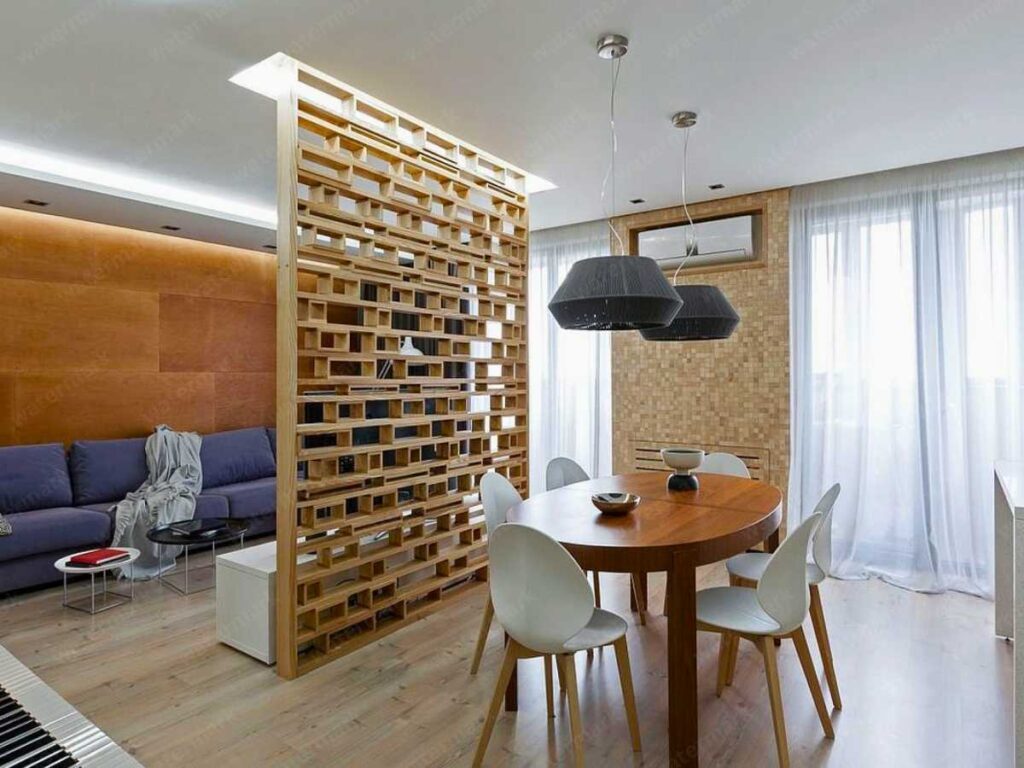
Who said you need walls to divide a room? In an open floor design, visual dividers like shelving units, curtains, or folding screens can do the trick without breaking the flow of the space. Open shelving is particularly trendy right now—it serves as both a functional storage solution and a stylish divider. Plus, it gives you a chance to show off that quirky collection of vintage cameras or those plants you’re definitely not over-watering.
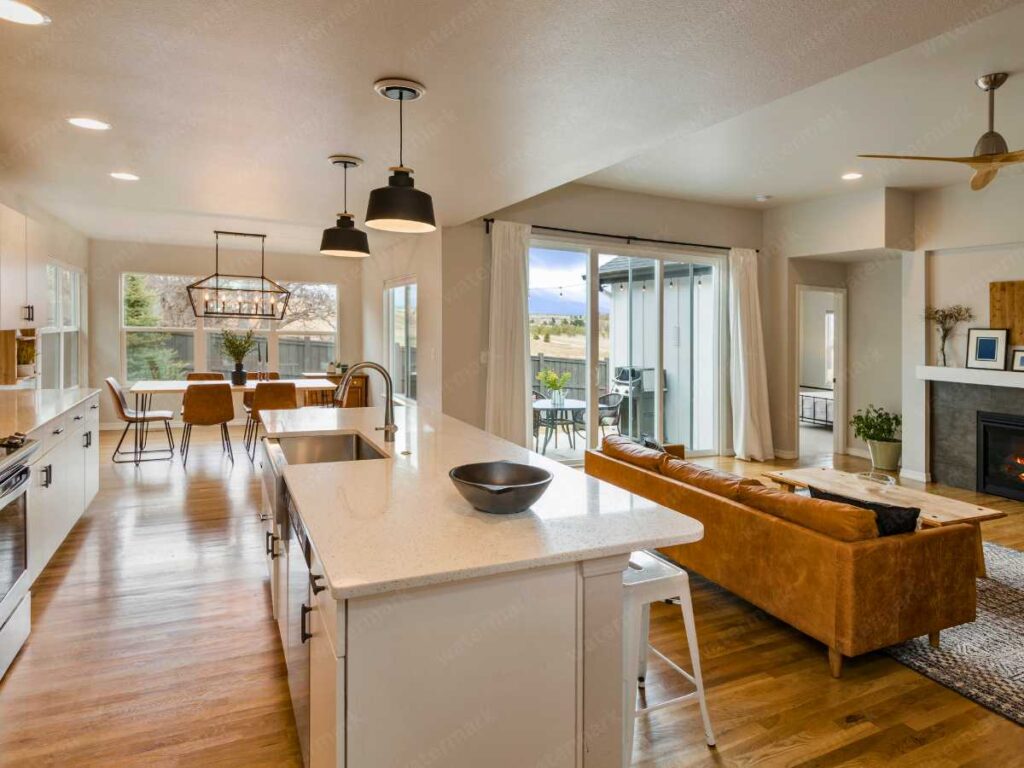
Lighting can also work as a visual divider. Hanging a cluster of pendant lights over the dining table while keeping recessed lighting for the living room creates a clear distinction between the two areas. A standing lamp in the corner of your reading nook can also carve out a cozy retreat from the rest of the room. Think of lighting like the punctuation marks of your open concept living—setting the tone and structure in all the right places.
Combining Style with Function
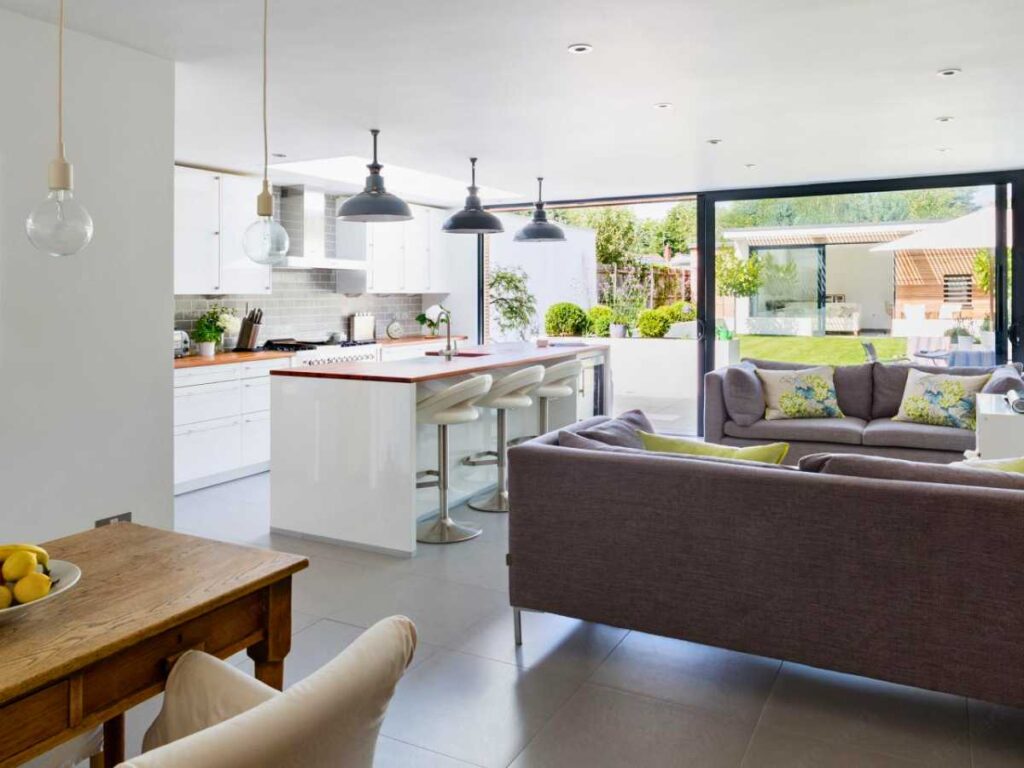
We love a home that looks good, but it’s gotta be practical too. One challenge in open floor design is managing clutter, especially when everything is on display. Multi-functional furniture, like coffee tables with storage or benches that double as seating and storage, helps keep things tidy. Built-in shelving or cabinets can also provide a sleek way to store items without crowding the space.
The key to maintaining flow is balance. Keep pathways clear so you’re not bumping into furniture (or worse, stubbing your toe—ouch). Symmetry can also be your friend, creating a sense of order that makes the space feel harmonious. But don’t worry too much about perfection—it’s not a Pinterest photo shoot; it’s your home.
Personalize Your Open Concept Living
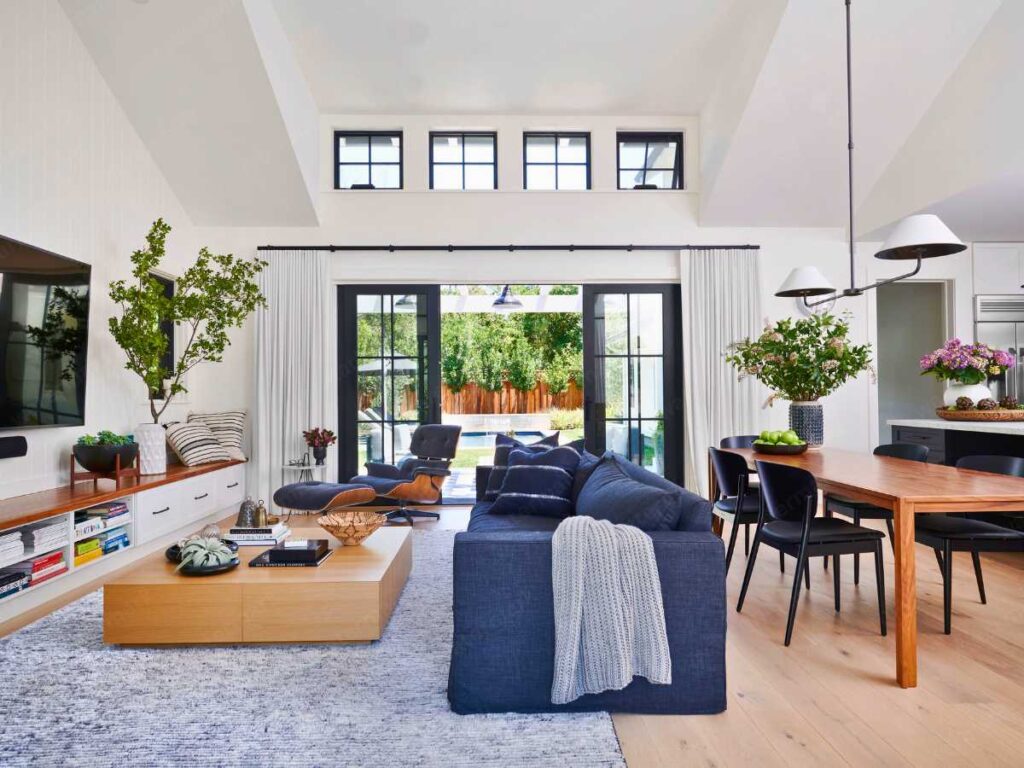
Finally, make sure your space feels like you. Sure, open floor plans often prioritize a modern, clean look, but that doesn’t mean it has to feel like a showroom. Mix in personal touches, like your favorite artwork or a collection of quirky throw pillows, to give the space character.
Whether you need room to entertain guests, work from home, or unwind after a long day, tailor your open concept living space to fit your lifestyle. Remember, the goal isn’t to make every corner picture-perfect—it’s to create a space where you can live comfortably and freely.
Conclusion
Open concept living offers endless possibilities, but it’s all about using those open spaces wisely. By arranging furniture strategically, choosing cohesive color schemes, and incorporating creative dividers, you can turn your open floor plan into a functional, stylish, and personalized space that feels both expansive and intimate. So go ahead, embrace the open floor design and make it work for you!

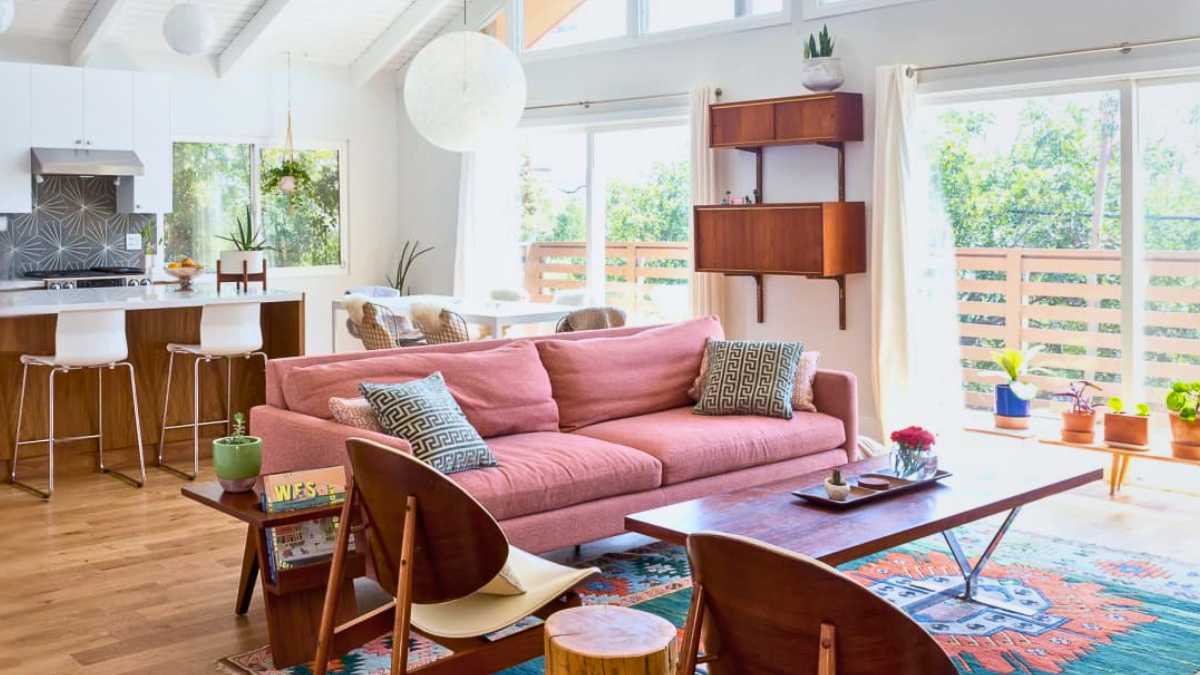
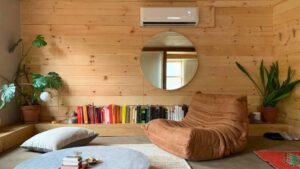
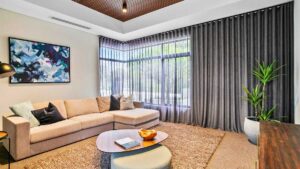
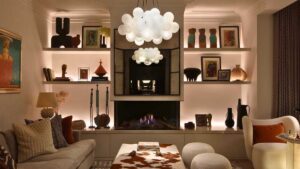

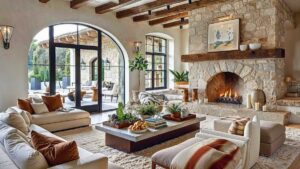

Leave a Comment